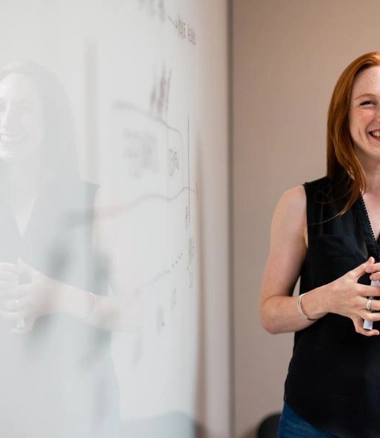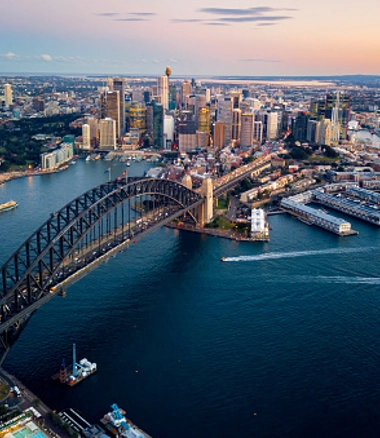
Beyond the Blueprint
In Australia, architecture is far more than an industry - it’s a mirror of our culture, our environment, and our shared ambitions for the future. From Sydney’s shimmering skyline to Melbourne’s laneway revivals, architecture is helping to define how Australians live, work, and connect.
The architectural profession has always blended art and science, but today, it’s also a platform for social and environmental change. Australian firms are increasingly looking for professionals who can balance creativity with responsibility - architects who design with purpose. As the built environment evolves, so too does the job market, creating exciting new pathways for design professionals ready to shape tomorrow’s cities.

Design as Cultural Identity
Australian architecture tells the story of place. It celebrates Indigenous connection to land, coastal living, and regional identity.
-
Architectural firms are increasingly incorporating First Nations design principles and sustainability narratives.
-
Public projects like the National Museum of Australia and Barangaroo Reserve highlight how cultural storytelling shapes urban environments.
-
Employers are prioritising candidates with a deep understanding of context-driven design, heritage sensitivity, and community consultation.
Sustainability as a Design Imperative
In today’s climate, sustainability is no longer a choice; it’s the foundation of good design. Australian architects are leading the charge in creating resilient, environmentally conscious spaces that respond to the realities of climate change.
From energy-efficient housing to large-scale green infrastructure, sustainability is now central to every brief. Leading practices like Bates Smart and Woods Bagot are championing design excellence through passive principles, renewable materials, and carbon-neutral technology. As a result, roles in ESD (Environmentally Sustainable Design) and Green Star-accredited architecture are becoming more prevalent than ever before.
According to IBISWorld, more than 51,700 people were employed in Australia’s architectural services sector in 2025, with the field expanding at an average annual rate of 2.7% over five years - a testament to the nation’s sustained investment in sustainable design and infrastructure (IBISWorld, 2025).
Urban Design and Social Connectivity
Across Australia, cities are being reimagined. Urban densification, housing affordability, and mixed-use precincts are reshaping how people experience community - and architects are central to that transformation.
Projects such as Melbourne’s Fishermans Bend and the Western Sydney Airport precinct illustrate how thoughtful design can bring life and identity to entire regions. The new urban agenda is one of connection: creating public spaces that foster belonging and designing communities that prioritise accessibility and inclusivity.
For many architects, this means stepping beyond the studio to collaborate with planners, engineers, and policymakers. The ability to engage stakeholders and influence urban outcomes has become a highly sought-after skill.
The Evolving Role of the Architect in the Australian Market
Today’s architects wear many hats - designer, strategist, communicator, and environmental advocate.
-
Firms are seeking professionals who understand the intersection of technology (BIM, AI design tools) and people-centred creativity.
-
The industry has a high demand for mid-level registered architects, design technologists, and project leaders who can deliver large-scale projects under new sustainability frameworks.
-
In 2025, the Australian architecture job market is expected to grow steadily, with particular shortages in technical documentation, design management, and healthcare architecture.
Designing More Than Buildings
Architecture in Australia continues to evolve as both an art and a responsibility. The structures we create define how we live together, how we respect the land, and how we imagine our future.
As cities grow and challenges become more complex, the influence of architects reaches far beyond the walls they draw. They are shaping the heart of Australian life - designing not just spaces, but stories, communities, and connections.






